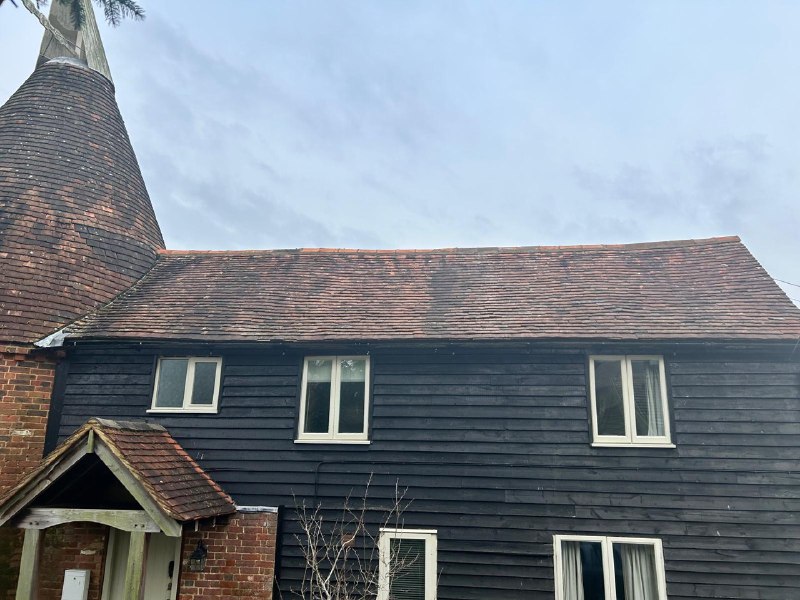Introduction: While roof tiles or shingles are often the stars of the show when it comes to protecting your home from the elements, roof underlayment is another crucial component working tirelessly behind the scenes. This hidden layer safeguards your roof’s integrity and prevents issues like slipped tiles. In this blog post, we’ll delve into the importance of roof underlayment and how it helps prevent slipped tiles, ensuring the longevity and effectiveness of your roof.
Understanding Roof Underlayment:
Roof underlayment is a protective layer installed beneath the outer roofing material (tiles, shingles, metal panels, etc.) and directly on top of the roof deck. It serves as a secondary barrier against water infiltration, providing an extra layer of protection in case the outer roofing material fails or becomes compromised.
- Waterproofing:
- One of the primary functions of roof underlayment is waterproofing. It acts as a waterproof barrier, preventing water from seeping into the underlying roof deck and causing damage to the structure. By effectively repelling water, underlayment helps protect the roof’s integrity and prevents issues like wood rot, mould growth, and structural damage.
- Moisture Management:
- Roof underlayment helps manage moisture within the roofing system by allowing any trapped moisture to escape while preventing external moisture from penetrating the roof assembly. This helps maintain a balanced moisture level in the roof structure, reducing the risk of moisture-related problems, such as condensation and rot.
- Enhanced Durability:
- Underlayment provides an additional layer of durability and resilience to the roof system, enhancing its ability to withstand external forces and environmental stressors. It acts as a protective buffer, shielding the roof deck from damage caused by wind, hail, and UV exposure, extending its lifespan.
- Slipped Tile Prevention:
- One critical role of roof underlayment is to prevent slipped tiles or shingles. Underlayment acts as a smooth and consistent substrate beneath the roofing material, minimising friction and allowing tiles to lay flat and secure. By providing a stable base, underlayment helps prevent tiles from shifting or sliding out of place, even in high winds or adverse weather conditions.
- Support for Roofing Material:
- Roof underlayment provides structural support and reinforcement for the roofing material, helping distribute the weight evenly across the roof surface. This reduces the risk of individual tiles or shingles being dislodged or displaced due to uneven weight distribution or structural movement.
Conclusion: While roof underlayment may not always be visible, its role in protecting your home from the elements and preventing issues like slipped tiles cannot be overstated. Underlayment plays a crucial role in maintaining the integrity and longevity of your roof by serving as a waterproof barrier, managing moisture, enhancing durability, and providing support for roofing material.
Call us on: 0115 647 1193
Click here to find out more about Keyworth Roofing Repairs
Click here to complete our contact form and see how we can help with your roofing needs.

